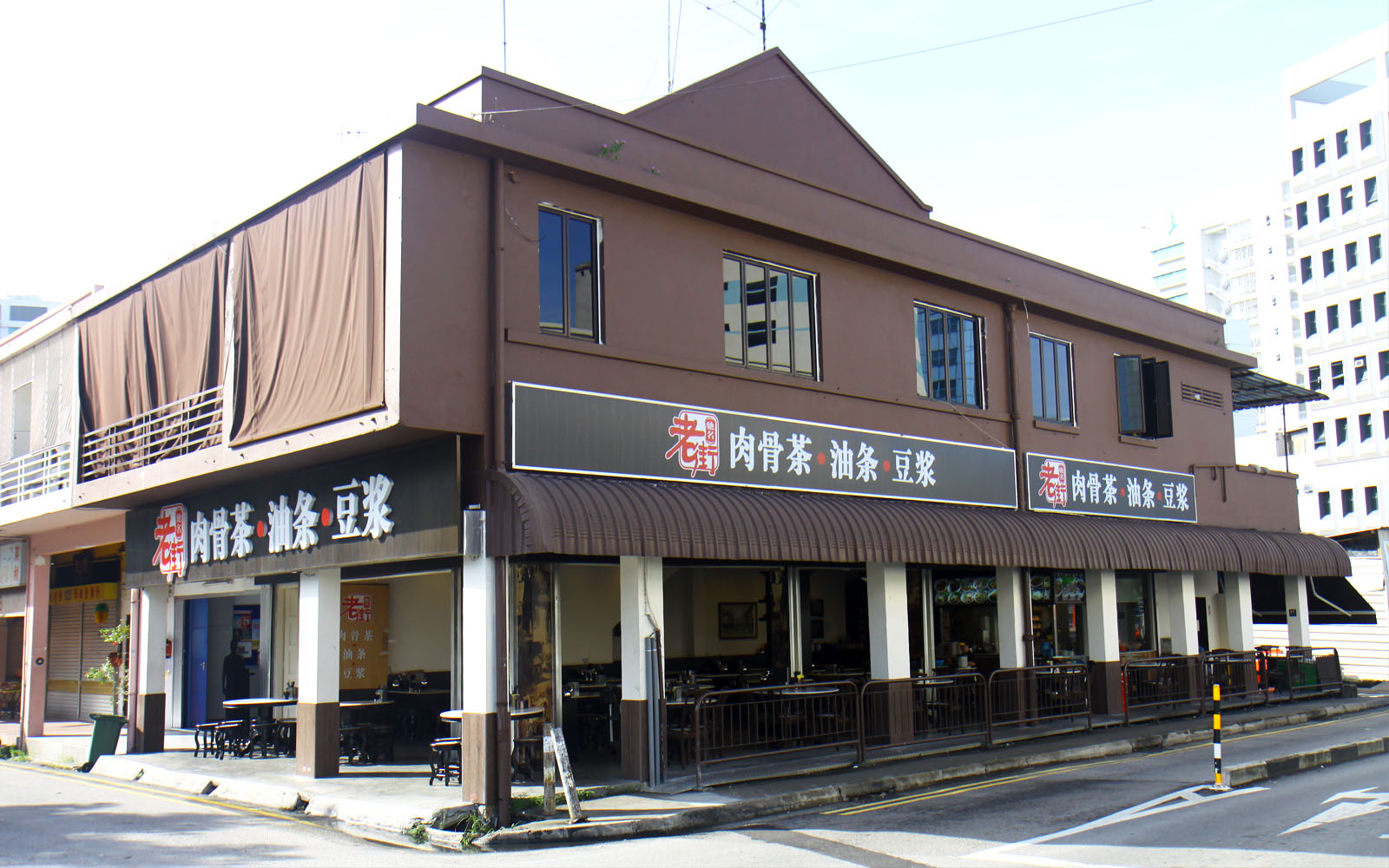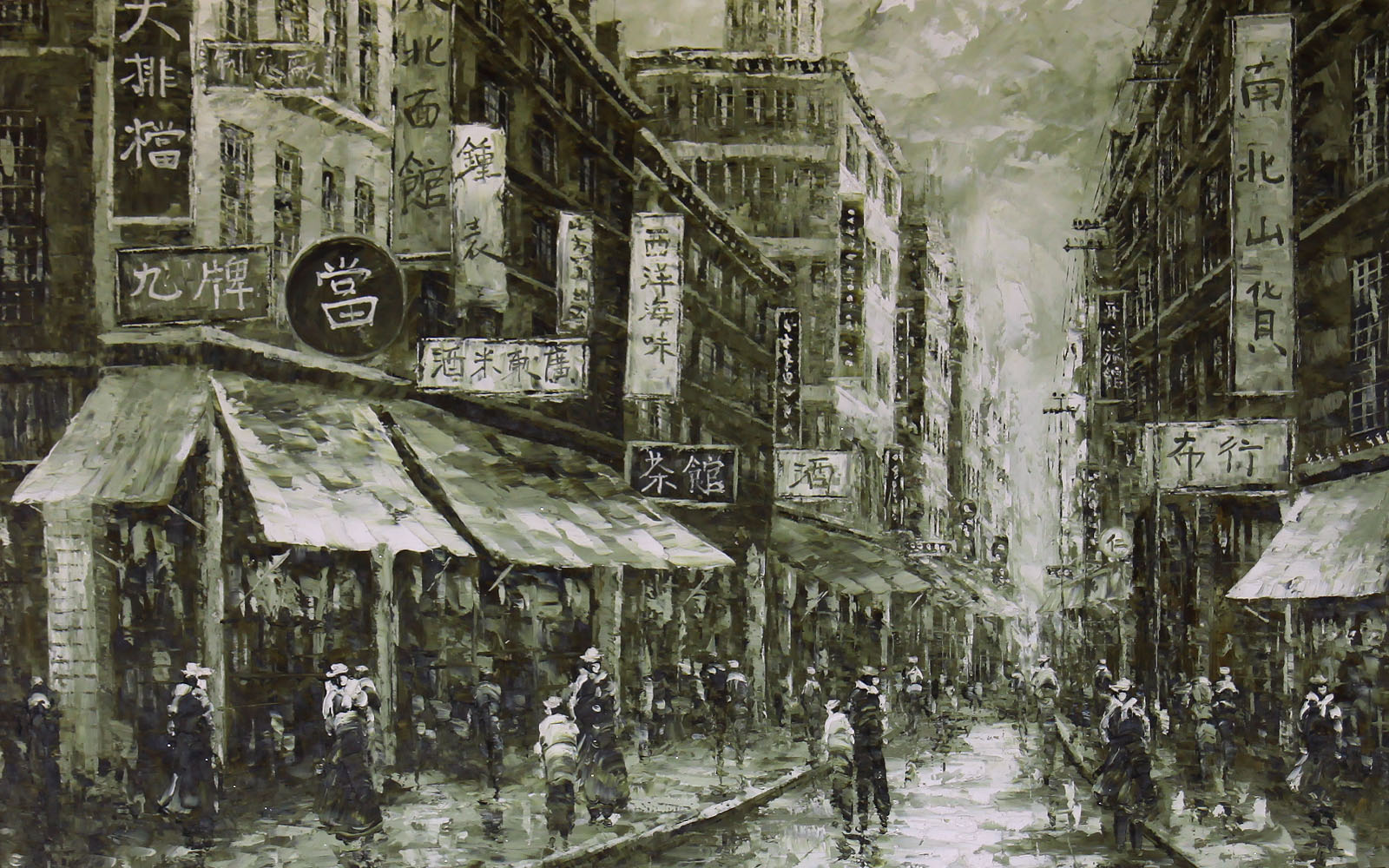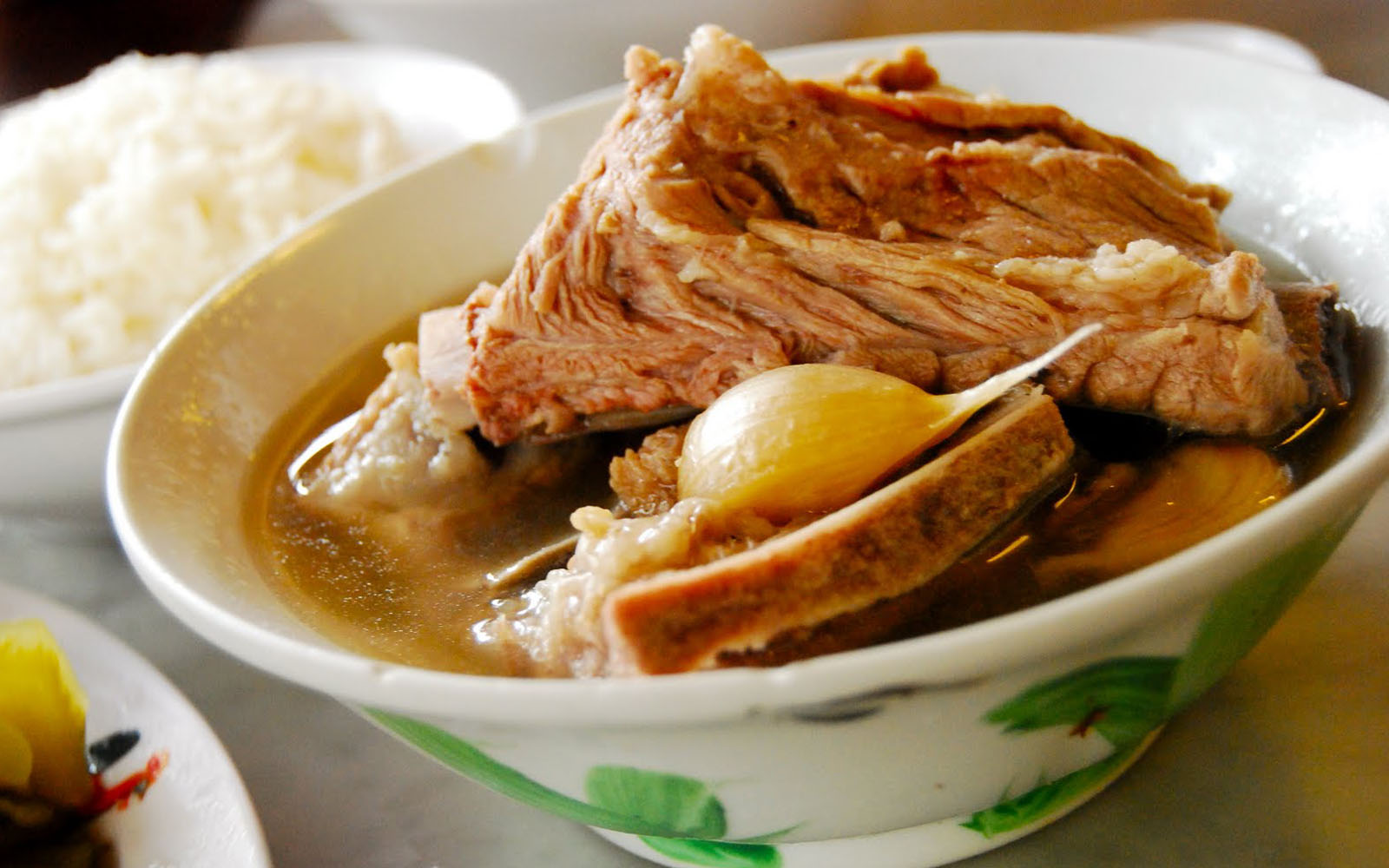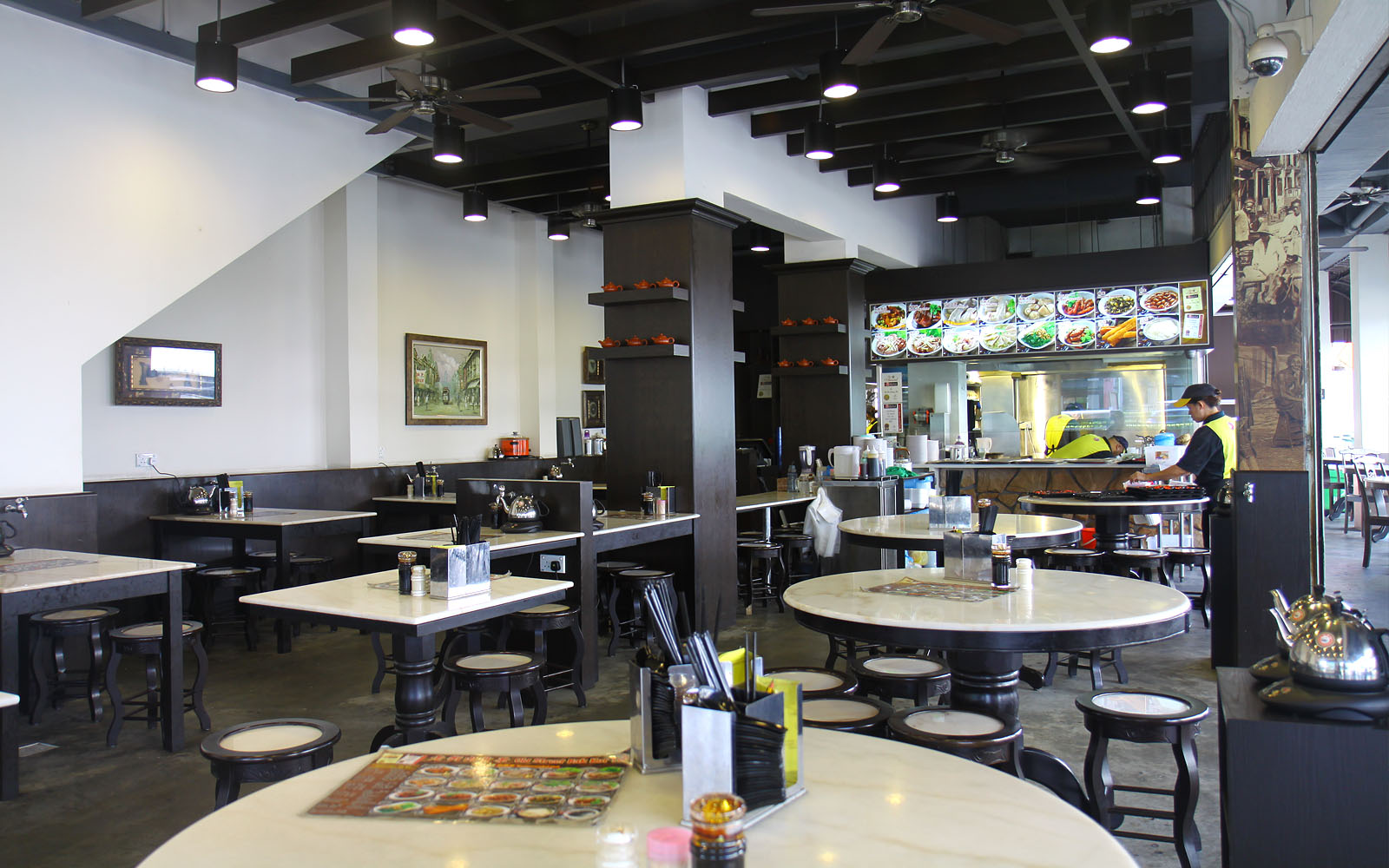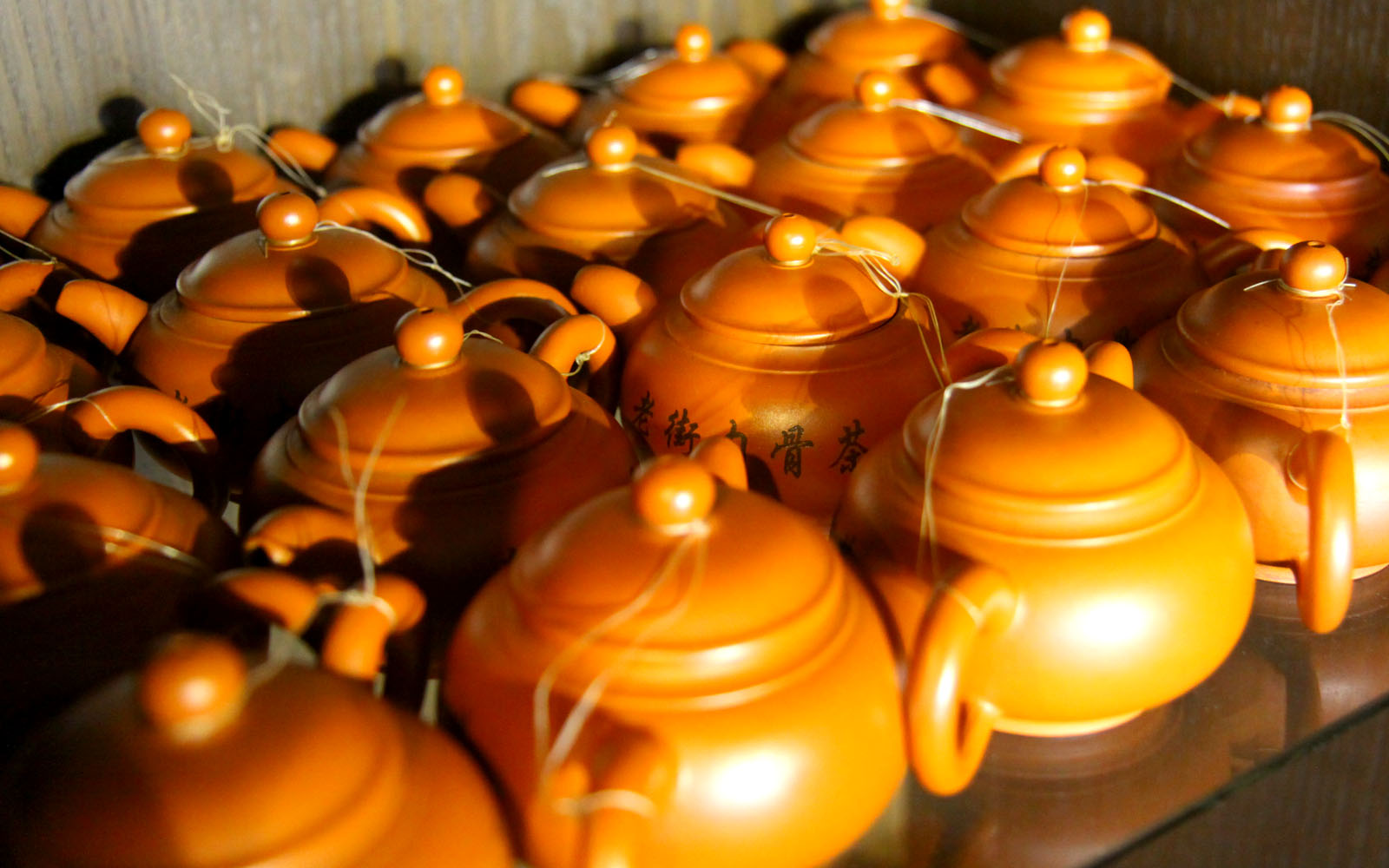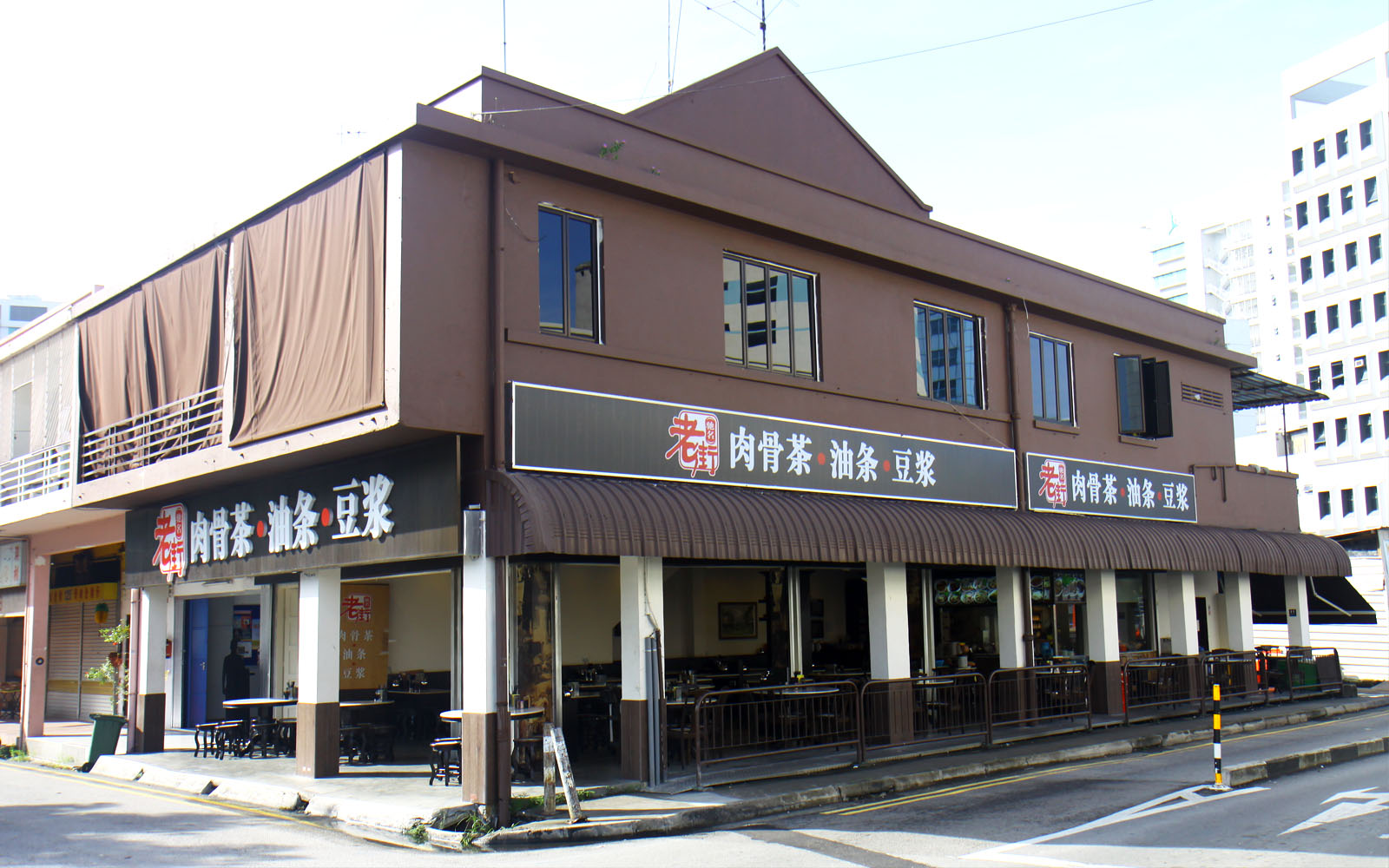The History
Bak-kut-teh (also spelt bah-kut-teh; Chinese: 肉骨茶; Pe̍h-ōe-jī: bah-kut-tê) is a Chinese soup popularly served in Malaysia,Singapore, Mainland China and Taiwan (where there is a predominant Hoklo and Teochew community) and also, neighbouring areas like Riau Islands and Southern Thailand.
The name literally translates as "meat bone tea", and at its simplest, consists of meaty pork ribs simmered in a complex broth of herbs and spices (including star anise, cinnamon, cloves, dang gui, fennel seeds and garlic) for hours.[1] Despite its name, there is in fact no tea in the dish itself; the name refers to a strong oolong Chinese tea which is usually served alongside the soup in the belief that it dilutes or dissolves the copious amount of fat consumed in this pork-laden dish.
However, additional ingredients may include offal, varieties of mushroom, choy sum, and pieces of dried tofu or fried tofu puffs. Additional Chinese herbs may include yu zhu (玉竹, rhizome of Solomon's Seal) and ju zhi (buckthorn fruit), which give the soup a sweeter, slightly stronger flavor. Light and dark soy sauce are also added to the soup during cooking, with varying amounts depending on the variant. The dish can be garnished with chopped coriander or green onions and a sprinkling of fried shallots.
A meal of bak kut teh served with Chinese donuts.
Bak kut teh is usually eaten with rice or noodles (sometimes as a noodle soup), and often served with youtiao / cha kueh [yau char kwai] (strips of fried dough) for dipping into the soup. Soy sauce (usually light soy sauce, but dark soy sauce is also offered sometimes) is preferred as a condiment, with which chopped chilli padi and minced garlic is taken together. Bak kut teh is typically a famous morning meal. The Hokkien and Teochew are traditionally tea-drinking cultures and this aspect runs deep in their cuisines.
肉骨茶的由来
相传华人初来南洋创业时,生活条件很差,由于不适应湿热的气候,不少人因此患上风湿病。为了治病趋寒,先贤用了各种药材,包括当归、杞、党参等来煮药,但是,因忌讳而将药称为"茶"。有一次,其中一人偶然将猪骨放入了「茶汤」里,没想到这「茶汤」喝起来十分香浓美味,风味独特. 后来,人们特地调整煮茶的配料,经过不断地改进,就成为了本地著名的美食之一。
这是最有代表性的「苦力」论,这可说是流传最广也影响许多人将肉骨茶定位成庶民饮食的脚本。
在一般人的观念里,多把南洋与卖猪仔划上等号;惯性思考的结果,这些被卖来南洋当苦力的先辈们,很自然便成了肉骨茶的创始者,或是参与其中以突显早期华人艰辛岁月的时代角色。据说发生在马来西亚的巴生,反正场景不外是港口就是码头。在清末时期,那时的华人为了离开动荡不安的国家,到来南洋谋生计。 那个时候,马来西亚为英国殖民地,英国人在马来西亚搜刮了许许多多的资源,需要运送回英国,于是便在巴生(距离首都吉隆坡30公里的城市)建立了深水码头。当时,不少华人因为知识水平不高,来到马来亚也只能以劳力换取薪酬,如当三轮车夫、在码头做苦力或采挖钖米,因此需要有很好的体力。
为了长时间维持体力和适应热带地区的气候而需要进补。但是,他们并不舍得购买昂贵的中药食材。当时的中医师便把闽南及潮汕一带的饮茶加以改良,并且使用当地出产的胡椒,加上当归、川芎、肉桂、甘草等材料配置成肉骨茶包,让他们在早上出门工作前,炖煮排骨及配上白米饭或油饭,来增加体力,应付工作,在那个时候,肉骨茶属于穷人家的食物。
由于用药材和猪肉煲煮的汤底除了非常美味可口之外,且营养丰富和抗风湿,并且提供了苦力们所需的能量,所以从此广传开来,后来经过不断发展和改良,便成了现在新马华人社会的特色佳肴。而另一个名称由来就是,据老巴生回忆,战前在巴生南区一带已经有好几位永春老乡在街头巷尾摆卖家乡小食,如蚝干咸饭,肉羹汤以及后来演变成肉骨茶的炖肉骨,只是当时没肉骨茶一词,都说是「吃肉骨」吧了。

